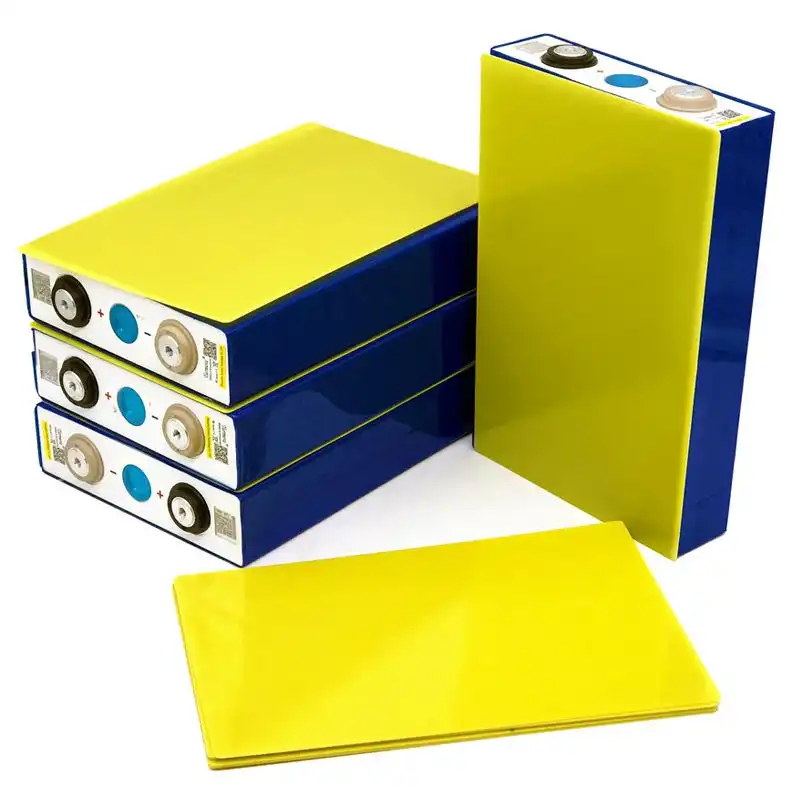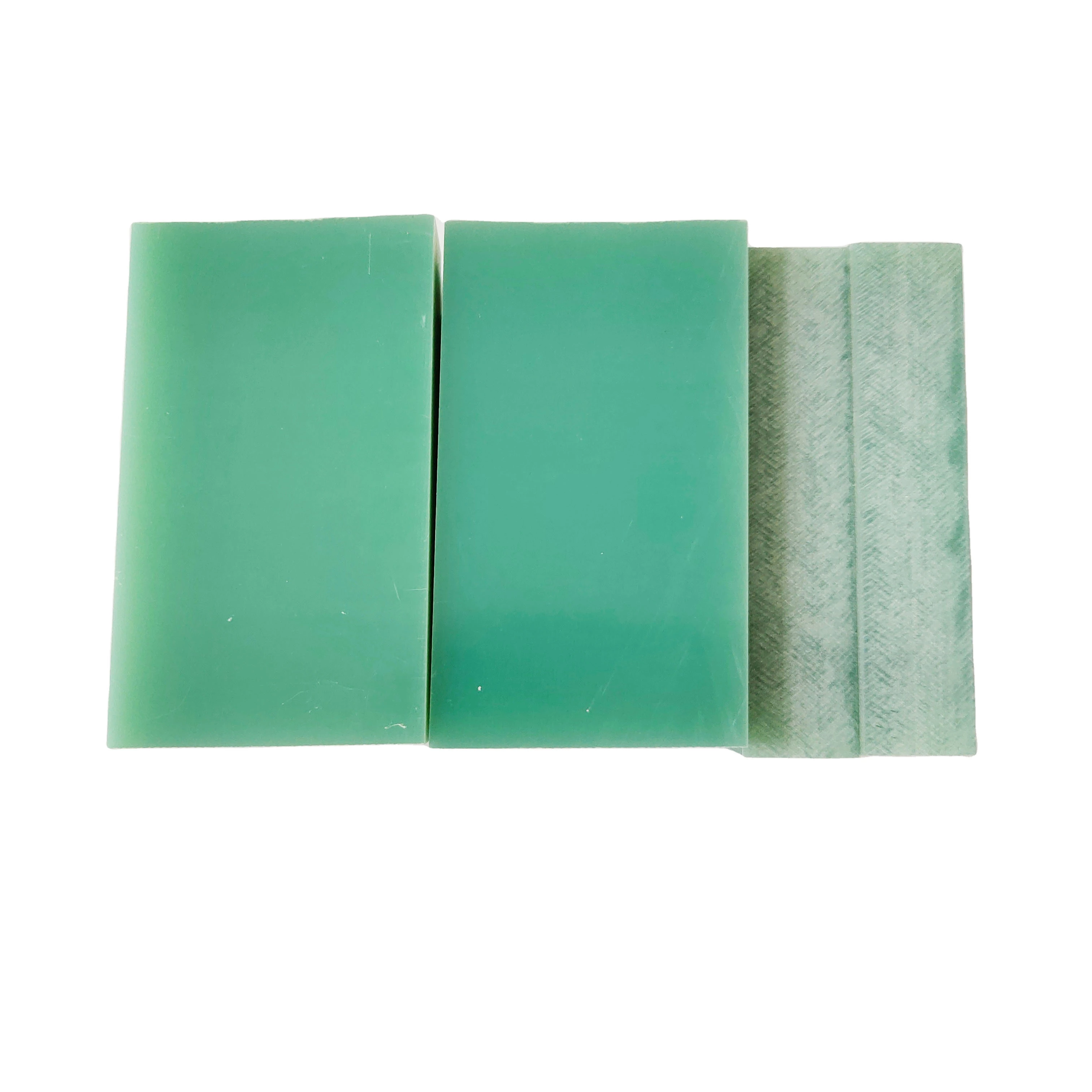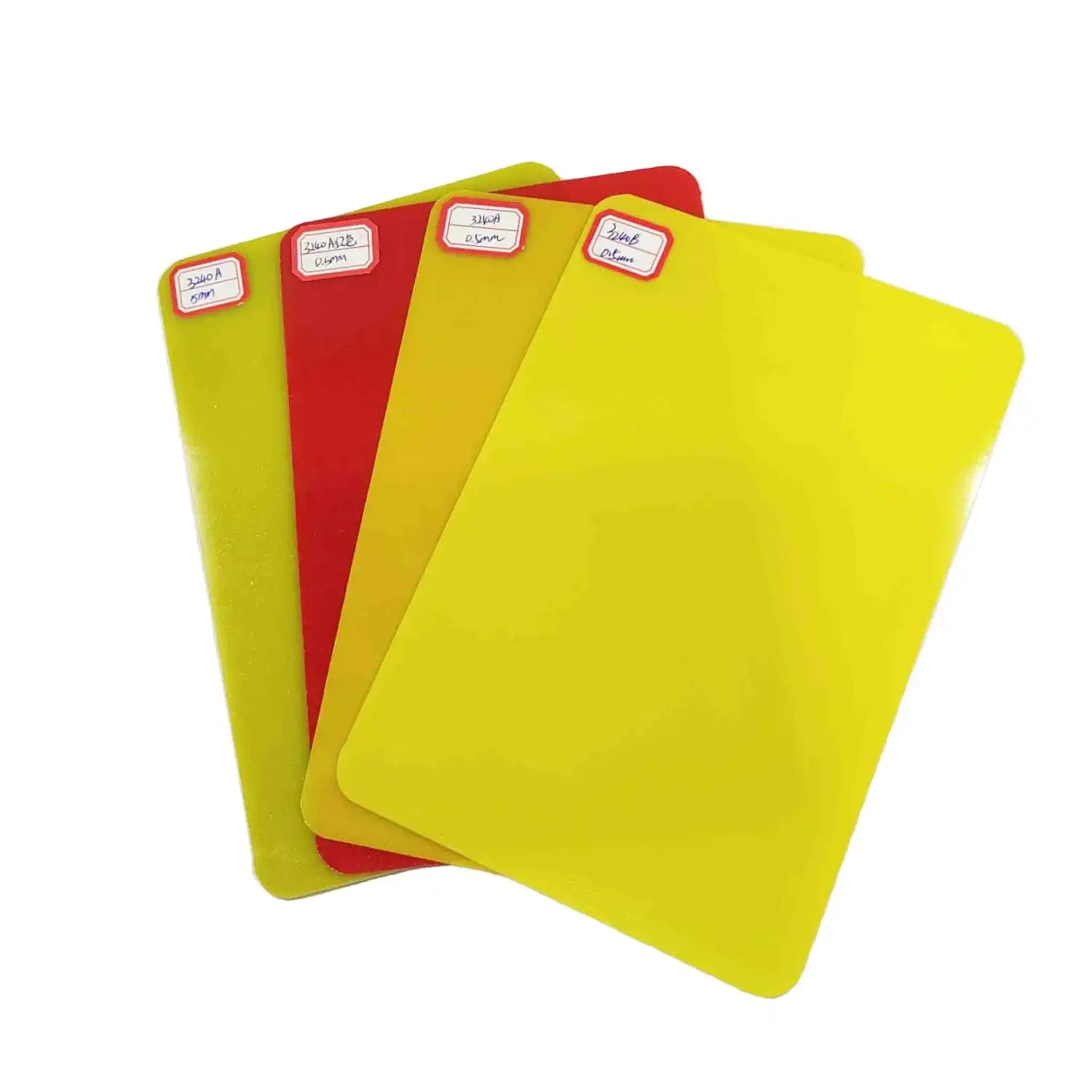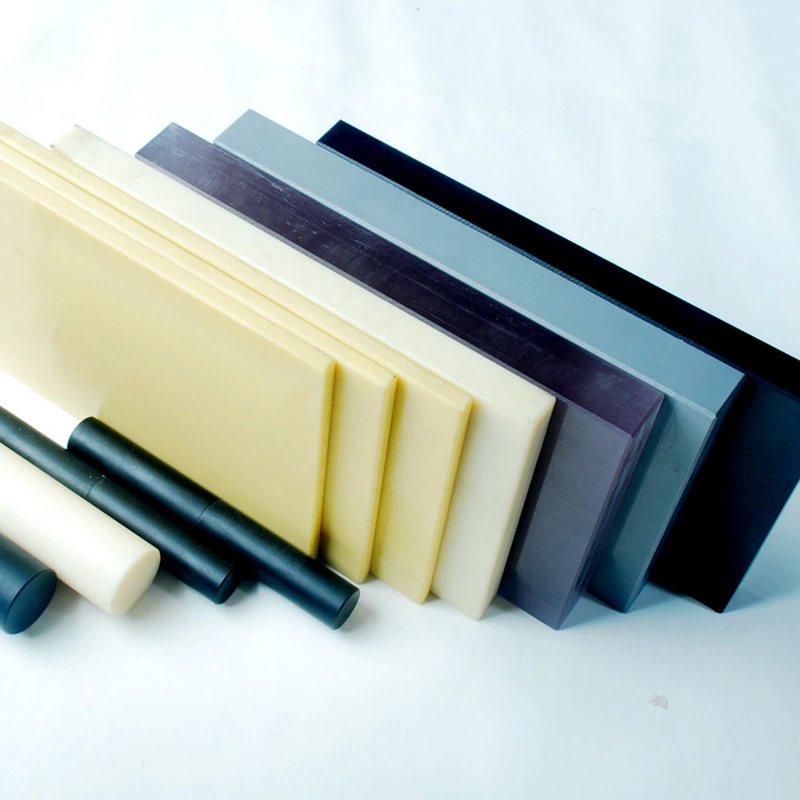How is Epoxy FR4 manufactured?
2024-08-15 16:30:54
Epoxy FR4 is a popular material used in various industries, especially in the manufacturing of printed circuit boards (PCBs). Its unique properties make it an ideal choice for applications requiring strong mechanical strength, electrical insulation, and resistance to environmental factors. In this blog, we'll explore how Epoxy FR4 is manufactured, diving into the processes that ensure its high quality and reliability.
What is Epoxy FR4?
Understanding what Epoxy FR4 is essential before diving into the manufacturing procedure. Epoxy FR4 is a composite material produced using woven fiberglass fabric and an epoxy sap fastener. The expression "FR" means "fire resistant," showing that the material is intended to oppose consuming, making it reasonable for use in conditions where fire wellbeing is a worry. The "4" in FR4 means the particular grade of the material, which is perceived for its astounding mechanical and electrical properties.
Epoxy FR4 is used a lot in the electronics industry, especially to make PCBs. The majority of electronic devices are built on these boards, which provide a platform for mounting and connecting various electronic components. Epoxy FR4 is the material of choice for this application due to its strength, durability, and electrical insulation properties.
The Manufacturing Process of Epoxy FR4
The manufacturing process of Epoxy FR4 involves several stages, each crucial in ensuring the material's quality and performance. Here's a detailed look at how this versatile material is produced:
Preparation of Raw Materials
- The most vital phase in assembling Epoxy FR4 is the readiness of the unrefined substances. The essential parts incorporate fiberglass cloth and epoxy resin. The glass fiber that gives the fiberglass cloth its structural strength and rigidity is typically woven into the fabric. The epoxy resin, then again, goes about as the limiting specialist, giving the material its electrical protection properties and fire retardancy.
- The fiberglass material is painstakingly investigated to guarantee it meets the expected determinations, including thickness, weave example, and strength. The epoxy resin is likewise ready, with explicit added substances included to improve its properties, like fire retardants, relieving specialists, and colorants.
Impregnation and Prepreg Formation
- Once the raw materials are prepared, the fiberglass cloth is impregnated with the epoxy resin. This process involves passing the fiberglass cloth through a resin bath, where it is thoroughly saturated with the epoxy. The impregnated cloth, now known as "prepreg," is then passed through a series of rollers to remove excess resin and ensure uniform coating.
- The prepreg is partially cured, known as "B-staging," to achieve a tacky, semi-solid state. This stage is critical as it allows the prepreg to be easily handled and layered during the lamination process. The partially cured prepreg is then cut into sheets and stored under controlled conditions to prevent further curing before lamination.
Lamination
- The lamination process is where the prepreg sheets are layered and pressed together to form a solid, uniform laminate. Multiple layers of prepreg are stacked to achieve the desired thickness, with each layer contributing to the final material's mechanical and electrical properties.
- The stacked prepreg layers are placed in a heated press, where they are subjected to high pressure and temperature. This process fully cures the epoxy resin, bonding the layers together and forming a solid, rigid laminate. The controlled temperature and pressure during lamination ensure that the final product has consistent thickness, density, and properties.
Post-Processing and Quality Control
- After lamination, the Epoxy FR4 sheets undergo several post-processing steps to prepare them for use. These steps may include cutting, drilling, and surface finishing, depending on the intended application. The finished sheets are then subjected to rigorous quality control tests to ensure they meet the required standards for mechanical strength, electrical insulation, and flame retardancy.
- Testing may include thermal analysis, electrical testing, and mechanical strength testing. Any sheets that do not meet the required specifications are rejected or reprocessed to ensure that only high-quality materials are delivered to customers.

Applications and Benefits of Epoxy FR4
Epoxy FR4 is prized for its exceptional properties, making it a preferred choice in various industries. Here are some of the key benefits and applications of Epoxy FR4:
Electrical Insulation
- One of the most significant advantages of Epoxy FR4 is its excellent electrical insulation properties. It is non-conductive, making it ideal for use in electrical and electronic applications, such as PCBs, switchgear, and transformers.
- The material's ability to resist electrical current makes it a reliable choice for insulating and protecting sensitive electronic components from short circuits and electrical failures.
Mechanical Strength and Durability
- Epoxy FR4 is known for its high mechanical strength, which is critical in applications where the material must withstand physical stress, impact, and wear. This strength is derived from the fiberglass cloth reinforcement, which provides the material with its rigidity and structural integrity.
- The durability of Epoxy FR4 also makes it resistant to environmental factors such as moisture, chemicals, and temperature fluctuations. This resistance ensures that the material maintains its performance and integrity over time, even in harsh operating conditions.
Flame Retardancy
- The flame-retardant properties of Epoxy FR4 make it suitable for use in environments where fire safety is a concern. The material is designed to resist ignition and prevent the spread of flames, providing an additional layer of safety in electrical and electronic applications.
- This flame retardancy is particularly important in industries such as aerospace, automotive, and telecommunications, where materials must meet stringent fire safety standards.
Versatility in Applications
- Epoxy FR4's unique combination of properties makes it a versatile material that can be used in a wide range of applications. In addition to PCBs, it is commonly used in electrical insulation, structural components, and protective enclosures.
- The material's adaptability allows it to be customized to meet specific requirements, such as varying thickness, size, and shape, making it a valuable asset in various industries.
Conclusion
Epoxy FR4 is a vital material in the manufacturing and electronics industries, offering a combination of electrical insulation, mechanical strength, and flame retardancy. The meticulous manufacturing process ensures that Epoxy FR4 meets the highest standards of quality and performance, making it a reliable choice for a wide range of applications. Whether used in printed circuit boards or as an insulating material in electrical components, Epoxy FR4 continues to play a crucial role in advancing technology and ensuring safety.
For more information on Epoxy FR4 and other insulating materials, feel free to contact us at info@jhd-material.com.
References
1. Wong, C. P., et al. (2019). "High Performance and Reliable Epoxy Resin System for Advanced Packaging and Substrate Applications." IEEE Transactions on Components, Packaging and Manufacturing Technology.
2. Kessler, M. R. (2012). "Advanced Polymer Composites and Polymers in the Civil Infrastructure." Woodhead Publishing.
3. Lee, H., & Neville, K. (2013). "Handbook of Epoxy Resins." McGraw-Hill Education.







